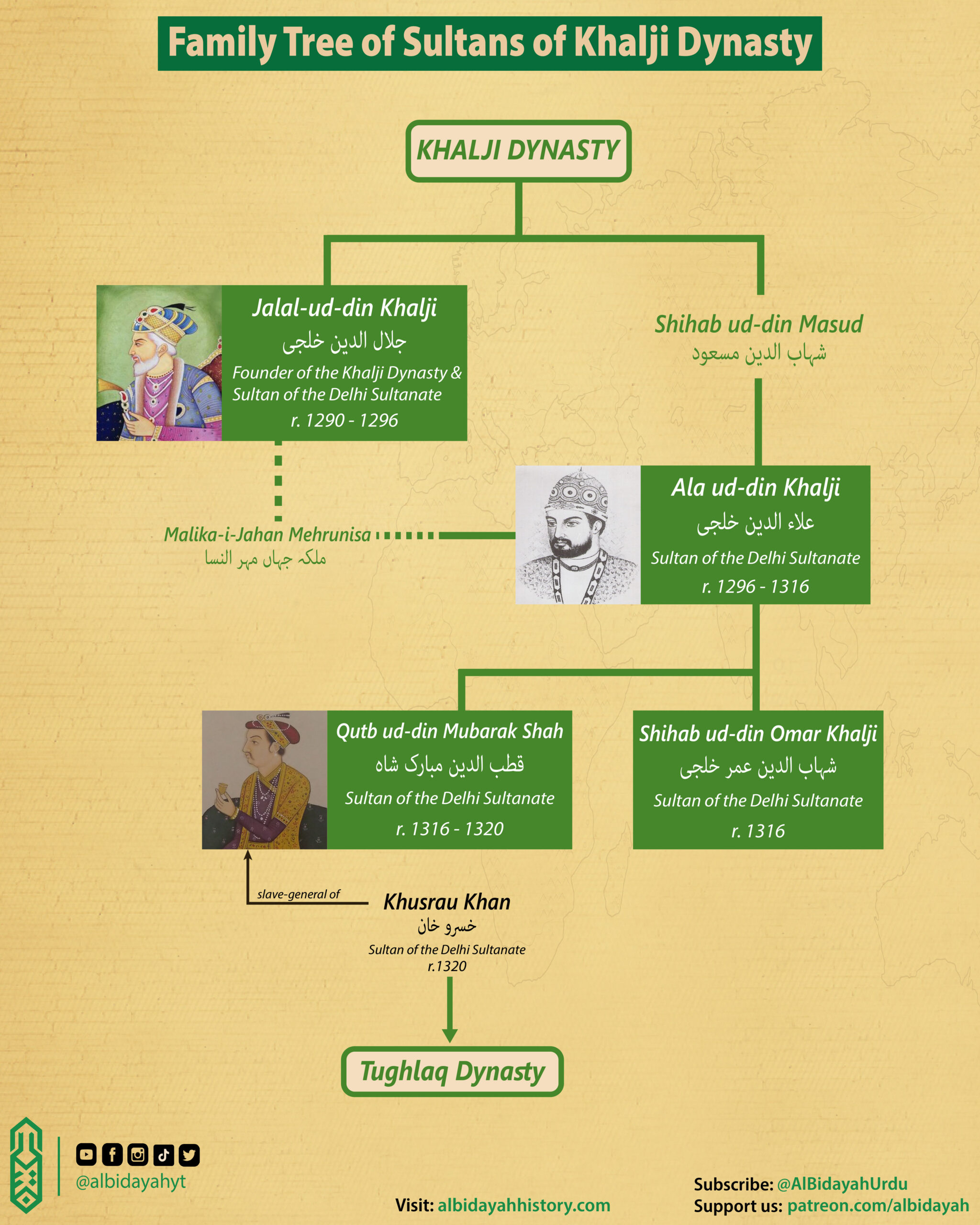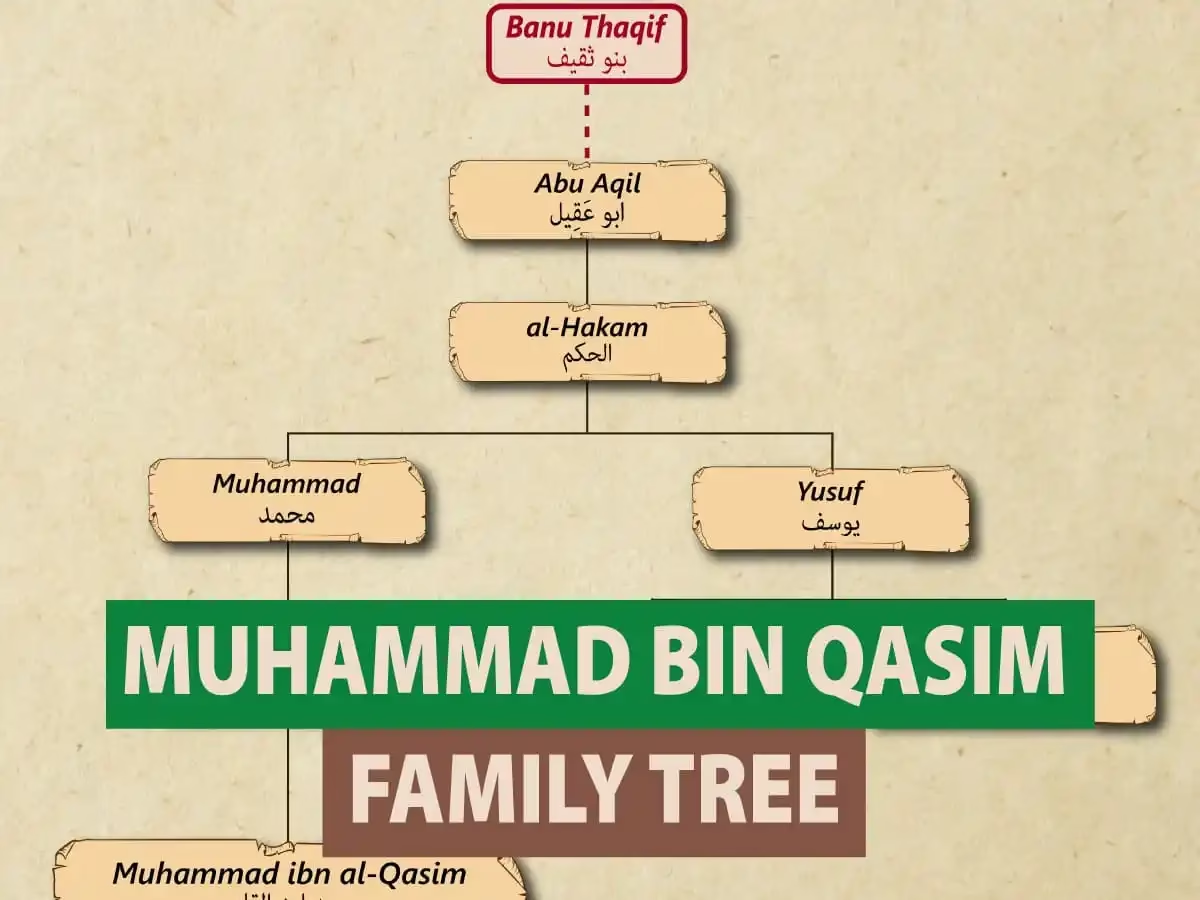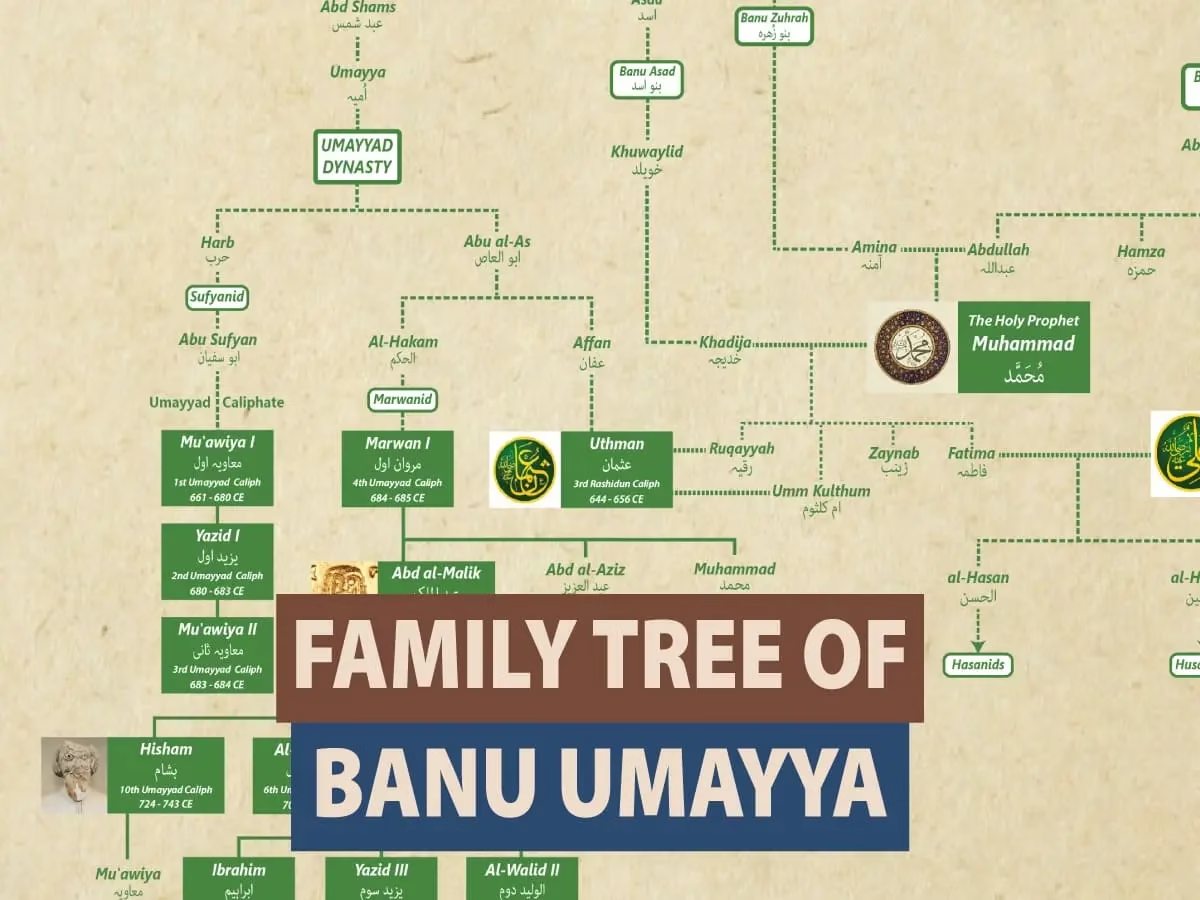The Khalji Dynasty, ruling the Delhi Sultanate from 1290 to 1320, marked a transformative era in medieval Indian history. The dynasty was known for its military expansion, administrative reforms, and ability to repel external threats like the Mongols.

1. Sultan Jalal-ud-din Khalji
The founder of the Khalji Dynasty, Jalal-ud-din Khalji, established himself as Sultan of Delhi after overthrowing the Mamluk Dynasty. Known for his moderate and conciliatory approach, he attempted to stabilize the Sultanate through diplomacy and reforms.
Despite his efforts, he was assassinated by his ambitious nephew and son-in-law, Ala-ud-din Khalji, who sought the throne. Jalal-ud-din’s assassination marked the end of a peaceful rule and the beginning of a more aggressive and militaristic era under Ala-ud-din.
2. Sultan Ala-ud-din Khalji
Ala-ud-din Khalji was the most famous ruler of the Khalji dynasty. He is known for his military victories and important changes in administration. His rule helped expand the Delhi Sultanate and strengthen its economy.
One of his greatest achievements was military expansion. He conquered Chittor, expanded his rule into the Deccan, and successfully defended his kingdom against several Mongol invasions. His strong army helped him maintain control over a vast empire.
Ala-ud-din also introduced several administrative reforms. He set up price controls and market regulations to make goods affordable for the people. He also created a centralized taxation system to improve the economy and strengthen the government.

In addition to his military and administrative achievements, Ala-ud-din supported architecture. One of his famous contributions is the Alai Darwaza, a grand gateway near the Qutub Minar, which showcases his interest in building great structures. Ala-ud-din was a powerful and strict ruler. He controlled the empire with a firm hand and expanded its territory to the largest extent in the dynasty’s history. However, after his death in 1316, the Khalji dynasty faced political instability, which weakened its rule.
See Also: Tugluq Dynasty Family Tree – Delhi Sultanate
3. Sultan Shihab-ud-din Omar Khalji
After Ala-ud-din’s death, his young son, Shihab-ud-din Omar Khalji, became Sultan. But Omar was only a child, and real power lay in the hands of Malik Kafur, a trusted general of Ala-ud-din. Omar’s reign was short-lived—just a few months—before political infighting led to his removal. It’s a tragic story of a boy caught in the dangerous game of power.
4. Sultan Qutb-ud-din Mubarak Shah
Omar’s older brother, Qutb-ud-din Mubarak Shah, then took over. At first, Mubarak showed promise. He tried to steady the ship and regain control of the Sultanate. But soon, he became known for his indulgent and reckless lifestyle His carelessness weakened the empire, and in 1320, he was assassinated by his own general, Khusrau Khan. Mubarak’s assassination signaled the beginning of the dynasty’s end.
5. Khusrau Khan
Khusrau Khan, a former slave-general, seized power after Mubarak Shah’s death. However, his rule was short-lived. Just a few months later, Ghiyas-ud-din Tughlaq overthrew him and established the Tughlaq Dynasty, officially ending the Khalji Dynasty.
Decline of the Khalji Dynasty
The Khalji Dynasty’s downfall was rooted in internal conflicts, political intrigue, and weak successors after Ala-ud-din Khalji’s reign. This instability paved the way for the rise of the Tughlaq Dynasty in 1320.
See Also: Seljuk Dynasty Family Tree
Legacy of the Khalji Dynasty
The Khalji Dynasty may have ruled for only 30 years, but its impact was immense. It expanded the Delhi Sultanate, redefined governance with economic reforms, and protected India from Mongol invasions.
Of all the rulers, Ala-ud-din Khalji stands out as the dynasty’s brightest star—a conqueror, reformer, and strategist who left an indelible mark on Indian history. The dynasty’s story, filled with ambition, betrayal, and power struggles, is a reminder of how quickly fortunes can change in the world of empires.


